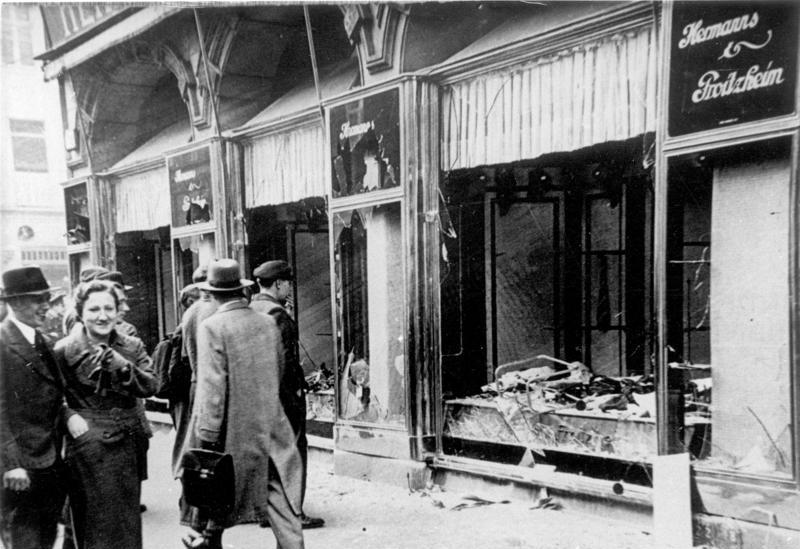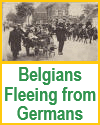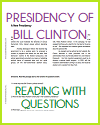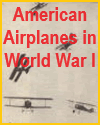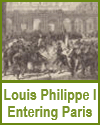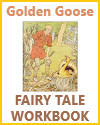Kristallnacht—"The Night of Broken Glass"—the morning after in Magdeburg, Germany (November, 1938). The Nazi Party of Adolf Hitler actively encouraged anti-Semitism. Jewish businesses were targeted throughout Germany. Click here to enlarge.
Kristallnacht, also known as the Night of Broken Glass, was a devastating pogrom against Jews carried out by Nazi paramilitary forces and civilians throughout Nazi Germany on the night of November 9-10, 1938. This event marked a significant escalation in the Nazi regime's campaign of anti-Semitic violence and persecution, leading to the Holocaust.
The immediate pretext for Kristallnacht was the assassination of a German diplomat, Ernst vom Rath, by Herschel Grynszpan, a young Jewish man, in Paris on November 7, 1938. In response, Joseph Goebbels, the Nazi Minister of Propaganda, incited violent reprisals against Jews, portraying them as a spontaneous outburst of public outrage.
During Kristallnacht, Nazi mobs attacked Jewish homes, businesses, synagogues, and schools across Germany and Austria. Approximately 267 synagogues were burned, 7,000 Jewish businesses were destroyed, and Jewish cemeteries, hospitals, and schools were vandalized. The streets were littered with broken glass from the shattered windows of Jewish-owned establishments, hence the name "Night of Broken Glass."
The violence resulted in the deaths of at least 91 Jews, although the true number may be higher, and the arrest and deportation of about 30,000 Jewish men to concentration camps such as Dachau, Buchenwald, and Sachsenhausen. These men faced brutal treatment and many did not survive the ordeal.
Kristallnacht was a turning point in Nazi anti-Jewish policy. It demonstrated the regime's willingness to use outright violence to achieve its goals and marked the transition from economic, social, and political persecution to the physical annihilation of Jews. The event drew international condemnation, but little concrete action was taken to aid Jews in Germany or to challenge the Nazi regime's escalating brutality.
The horrors of Kristallnacht served as a grim foreshadowing of the Holocaust, during which six million Jews would be systematically murdered. It remains a stark reminder of the dangers of unchecked hatred and the consequences of international inaction in the face of human rights violations.
|
